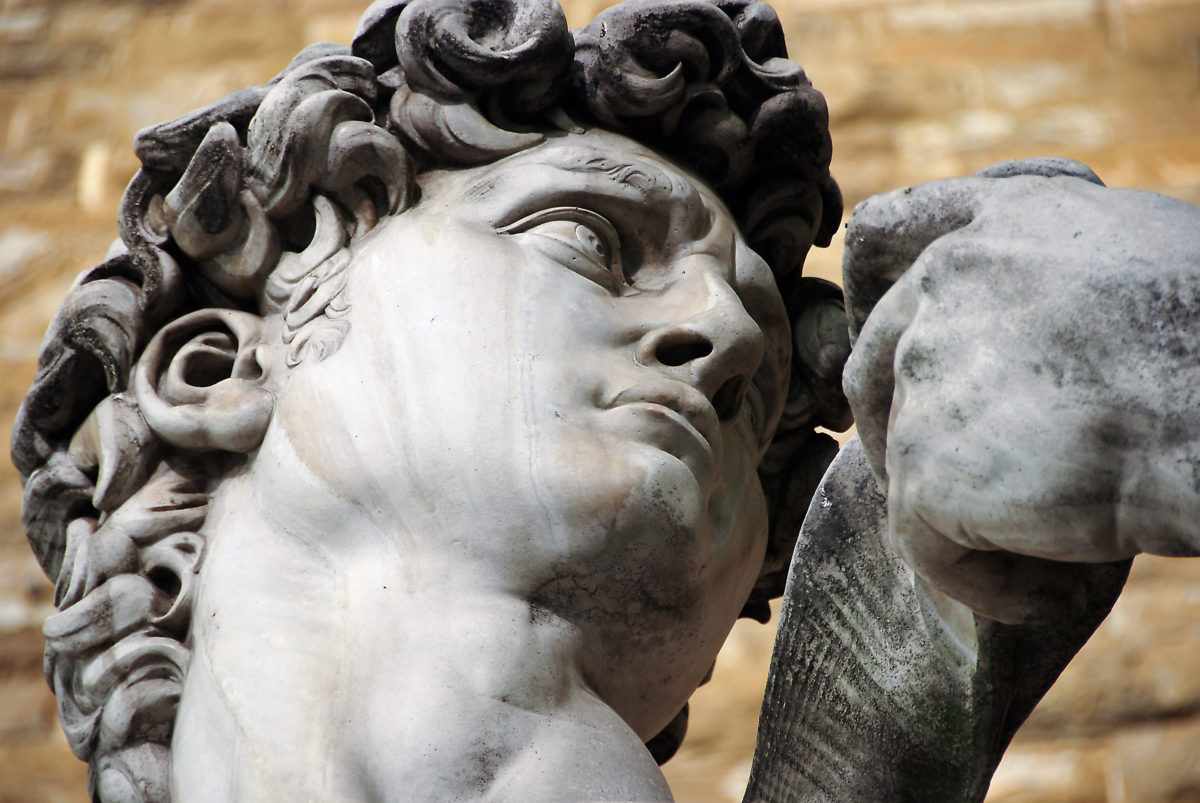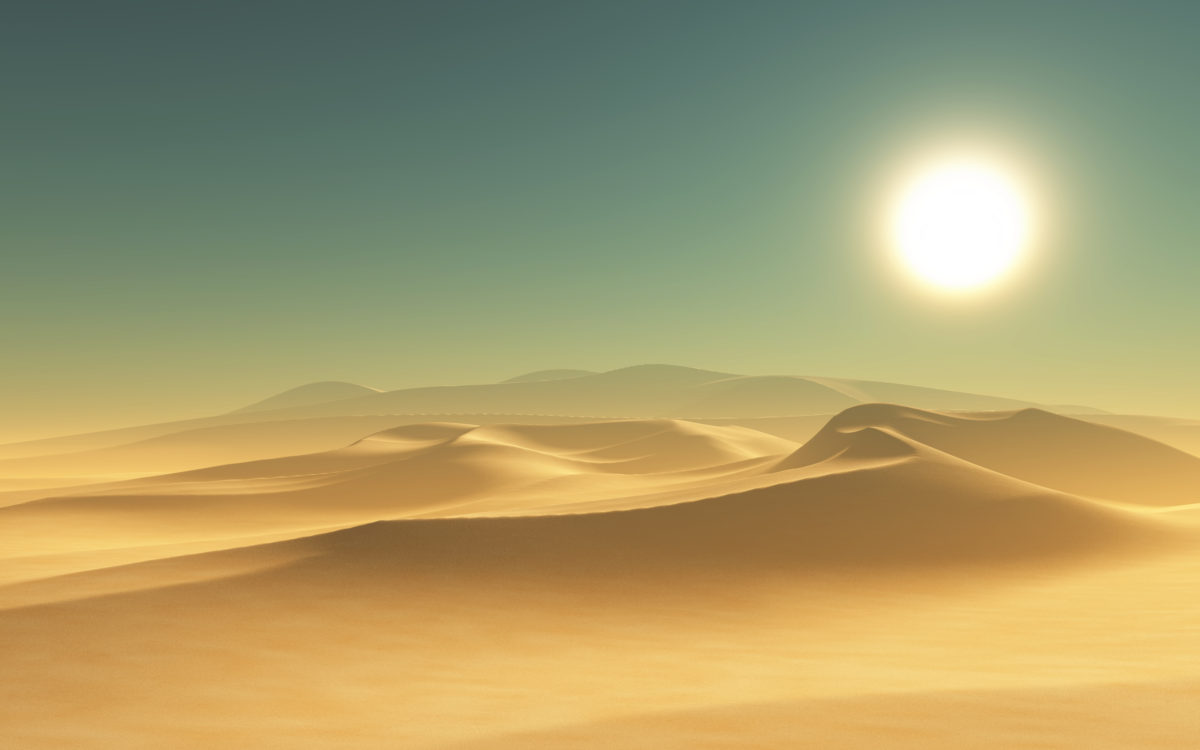Tallest buildings are the dreams of engineers and countries seeking to showcase their affluence. But many of the tallest buildings can only last for 100 years due to the massive strain on the beams and base.
- Burj Khalifa (Dubai, UAE; completed 2009) As of 2019, the Burj Khalifa in Dubai, United Arab Emirates is one of the tallest buildings in the world. The structure was named in honor of Sheikh Khalifa, the president of the UAE. The burj—Arabic for “tower”—is part of a complex in downtown Dubai that also includes the world’s second-largest mall by area and one of the world’s largest fountains.
- Empire State Building (New York City; completed 1931) The Empire State Building, which has a height of 1,250 feet surpassed the nearby Chrysler Building to become one of the tallest buildings in the world upon its 1931 completion, holding that title for four decades until the construction of the original World Trade Center. Following the 9/11 attacks, the building was once again the tallest in New York. The Empire State Building, like the Chrysler Building, is a classic example of Art Deco architecture, an early-20th-century style known for its streamlined, modern appearance.
- Abraj Al-Bait (Mecca, Saudi Arabia; completed 2011)The Saudi government funded construction of the Abraj Al-Bait complex, a set of seven massive hotels whose central tower reaches a height of 1,972 feet. The complex overlooks the Great Mosque of Mecca, which contains the Kaaba (the holiest place in Islam) and was built to offer modern accommodations to Muslims participating in the annual Hajj, or pilgrimage to Mecca. The Abraj Al-Bait, whose name means “Tower of the House” in Arabic, contains the world’s largest clock face (over 140 feet in diameter) and as of 2019 is the world’s most expensive building, with construction costs exceeding $15 billion.
- Shanghai Tower (Shanghai, China; completed 2015) When it opened in 2015, the Shanghai Tower—with a height of 2,073 feet—was the second-tallest building in the world, a title it still holds as of 2019. The tower, which is located in Shanghai’s Pudong District, is adjacent to both the Jin Mao Tower and Shanghai World Financial Centre, two of the world’s other tallest buildings. By far, the tower’s most notable architectural feature is the fact that the building twists as it ascends—the top of the building is rotated approximately 120 degrees clockwise from the base.
- One World Trade Center (New York City; completed 2014) Construction began on One World Trade Center, alternatively known as 1 WTC and the Freedom Tower, in 2006, and was the main part of the project of rebuilding the World Trade Center following the 9/11 attacks. It occupies the former site of the original 6 WTC. The building reaches a symbolic height of 1,776 feet, and is adjacent to a pair of memorial reflecting pools marking the foundations of the original Twin Towers.
- Willis Tower (Chicago; completed 1973) When it opened in Chicago, Illinois in 1973, the Willis Tower was the tallest building in the world, with a height of 1,450 feet. The building was originally (and is still commonly) known as the Sears Tower, as it was built as a new headquarters for Sears, Roebuck & Co.; it was officially renamed after the insurance company Willis Group Holdings, Ltd., in 2009.
- The Shard (London, England; completed 2013) The Shard, originally known as London Bridge Tower, is the tallest building in the U.K, with a height of 1,016 feet. It gets its name from its appearance: the glass-enclosed, pyramid-like structure tapers as it rises to a set of points at the top, giving the impression of several shards of glass leaning against one another. Despite being in London, the tower is primarily owned by the state of Qatar and is a broadcast headquarters for the English branch of the Qatari media network Al Jazeera.
- Taipei 101 (Taipei, Taiwan; completed 2004) Taipei 101, named for its 101 floors, was the tallest building in the world when it opened in 2004, with a height of 1,674 feet; it lost the title to the Burj Khalifa in 2010. The building was originally known as the Taipei World Financial Center. The main part of the structure consists of eight stacked sections of eight floors each; those sections resemble both floors of a pagoda as well as ancient Chinese money boxes (which themselves inspired the design of modern Chinese take-out containers).
- Petronas Towers (Kuala Lumpur, Malaysia; completed 1998) The Petronas Towers are the world’s tallest twin towers, at 1,483 feet each. Upon their completion, they surpassed the (at the time) Sears Tower to become the tallest buildings in the world; they lost that overall title to Taipei 101 in 2004. The towers are named for Petronas, Malayasia’s government-owned petroleum and gas company, which is headquartered in the towers. The towers are connected by a skybridge on their 41st and 42nd floors, allowing visitors to move between them. In the coming years, the towers will be exceeded in height by two other Kuala Lumpur skyscrapers: the slightly taller Exchange 106 and the massive, 2,185-foot PNB 118.
- Vista Tower (Chicago; planned completion 2020)The Vista Tower, located near Chicago’s Navy Pier, will be the third-tallest building in Chicago (behind the Willis Tower and the Trump International Hotel and Tower) upon its completion in 2020.






